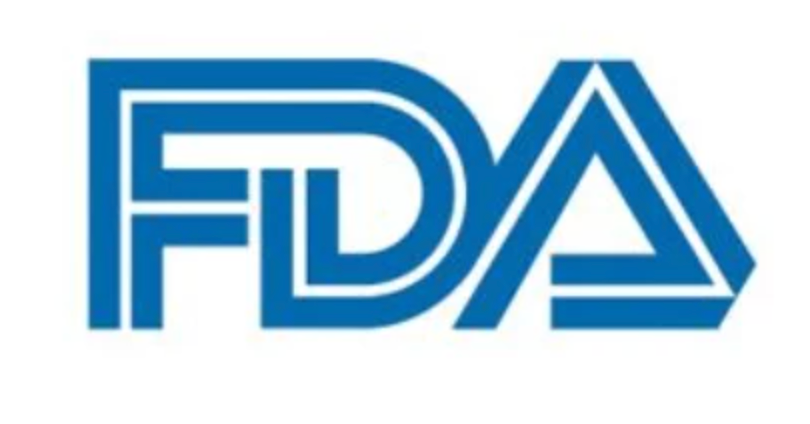Article
FDA Defers Action on BLA for Bevacizumab Biosimilar MYL-1402O
Author(s):
January 6, 2020 - The FDA has deferred action on the biologics license application for the proposed bevacizumab biosimilar MYL-1402O.

The FDA has deferred action on the biologics license application (BLA) for the proposed bevacizumab (Avastin) biosimilar MYL-1402O, as the regulatory agency was unable to complete an inspection of a manufacturing facility due to travel restrictions associated with the coronavirus disease 2019 pandemic.1
No additional observations associated with the application were noted.
In March 2020, the BLA for the biosimilar had been accepted by the FDA, with a planned action date of December 27, 2020.
MYL-1402O was codeveloped by Mylan and Biocon Limited. In November 2017, the biosimilar received approval in India from the Drug Controller General under the trade name Abevmy for all indications of the reference bevacizumab as part of specific regimens in patients with metastatic colorectal cancer (CRC), non–small cell lung cancer, glioblastoma, ovarian cancer, cervical cancer, and renal cell carcinoma. The product is approved for injectable administration at doses of 100 mg and 400 mg.
The regulatory decision was based on findings from a comprehensive data package that confirmed biosimilarity between MYL-1402O and bevacizumab; this included information from analytical, pharmacokinetic (PK), and pharmacodynamic studies as well as a randomized, double-blind study done specifically in Indian patients with metastatic CRC.
The single-center, randomized, double-blind, 3-arm, parallel-group trial enrolled a total of 111 healthy male volunteers to examine the PK similarity between the bevacizumab biosimilar (arm A), European (EU)-sourced bevacizumab (arm B), and US-sourced bevacizumab (arm C).2 Investigators also sought to establish this similarity between the EU- and US-sourced products.
In the trial, participants were randomized to receive treatment in 1 of the 3 arms at an intravenous, 1 mg/kg dose over the course of 90 minutes. Investigators based dose selection on the lower dose in the linear range of PK and acceptable safety. In the 90% confidence intervals (Cis) of the ratios were within 80% to 125%, bioequivalence was established. Area under the curve (AUC)0-t, Cmax, tmax, elimination rate constant, and half-life were also evaluated as secondary PK factors of interest.
Bioequivalence was demonstrated between arms A and B, arms A and C, as well as arms B and C. Moreover, the least squares mean ratios were found to be close to 1 and the 90% CIs fell within 0.80 and 1.25 for all 3 comparisons. The secondary PK parameters were also comparable with the 90% CI for ratios of AUC0-t and Cmax within 80% and 125%.
With regard to safety, 313 treatment-emergent toxicities were observed across arm A (89%), arm B (78%), and arm C (76%); these effects were all grade 1 or 2 in severity and most proved to be consistent with what has previously been reported with bevacizumab. Notably, no serious or unexpected toxicities were observed.
Previously, the FDA has given the green light to 2 bevacizumab biosimilars: bevacizumab-awwb (Mvasi) and bevacizumab-bvzr (Zirabev). In 2019, both products were launched in the United States.
Additionally, in November 2019, the agency accepted a BLA for the proposed bevacizumab biosimilar SB8. The application was based on phase 3 data that showed similar efficacy in terms of best overall response rate risk ratio between the biosimilar and reference bevacizumab in patients with metastatic or recurrent nonsquamous NSCLC.
References
1. Biocon biologics statement on the status of bevacizumab FDA action date in Dec 2020: Notification to stock exchange. Biocon Limited. December 25, 2020. Accessed January 6, 2021. http://bit.ly/3pYohGW.
2. Socinski MA, Hummel M, Bosje T, et al. A bioequivalence study of proposed bevacizumab biosimilar, MYL-1402O (A) vs EU-Avastin (B) and US-Avastin (C). J Clin Oncol. 2017;35(suppl 15):e14034. doi:10.1200/JCO.2017.35.15_suppl.e14034


















